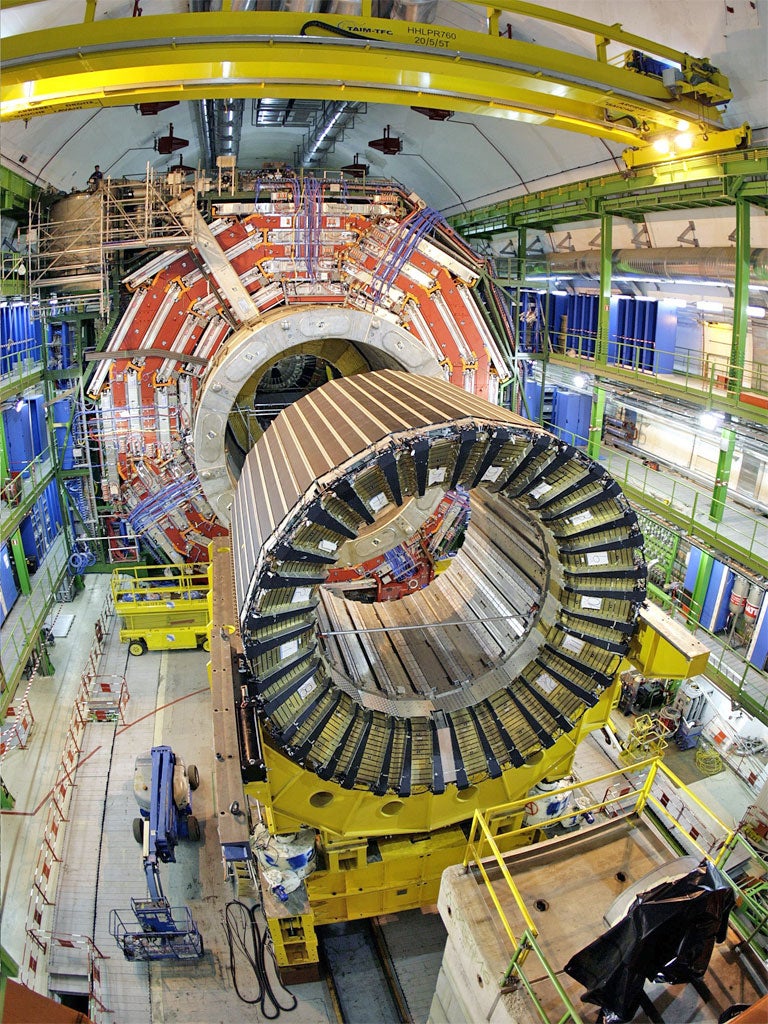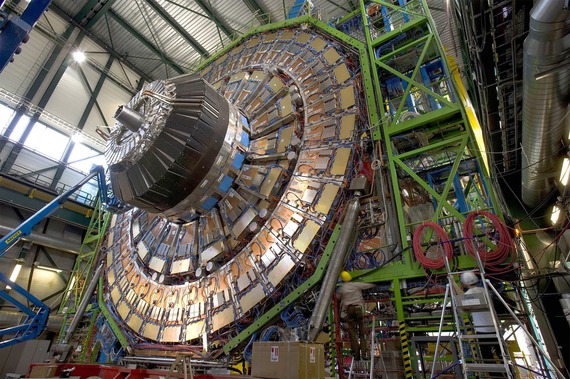

In keeping with the internet’s spiritual awakening over the course of the last few years – which has already seen conspiracy theorists veer away from the likes of Big Pharma and secret military operations, toward Satanism, witchcraft and the return of Atlantis – this hysteria comes in different flavours in 2022. Apparently, beams have been circulating in the accelerator since April, and are now stable enough to resume testing at higher energy levels than ever, set to run for close to four years. The LHC opened up again earlier this year, after three years of upgrades and maintenance work. That’s a lot of quotation marks, and for good reason: strange matter is, at the moment, purely hypothetical, and hasn’t been observed in outer space, where high energy rays are bouncing about all over the place.ĬONSPIRACY THEORIES ARE GETTING INCREASINGLY SUPERNATURAL The second fear revolves around the idea that the high-energy LHC experiments could produce “strangelets”, a hypothetical material made up of “strange matter” that could “infect” the material that makes up the rest of the Earth. Hearing this, with little to no technical expertise, it definitely sounds like a bad idea. The first fear is pretty obvious: one of the LHC’s goals is to simulate microscopic black holes that contain clues about the Big Bang. The two main fears that surround the use of the Large Hadron Collider are black holes and the eerily-named “strange matter”.


In the past, people have tried ( unsuccessfully ) to sue CERN for creating a danger to public safety, hinting at an underlying fear about the side effects of using the unprecedented technology. The purpose is to answer some of the fundamental questions in the field of physics, relating to everything from the relationships between subatomic particles, to theories of space and time, to Einstein’s theory of relativity. What does it do? It accelerates high-energy particle beams to almost the speed of light, which then collide at four crossing points. WHAT IS THE LARGE HADRON COLLIDER, ANYWAY?īuilt by CERN between 19, the LHC is the world’s largest particle collider, housed in a tunnel that measures 17 miles in circumference, and is buried up to 175 metres deep near Geneva. In that time, the particle accelerator facilitated some of the biggest international science collaborations the world has ever seen, resulting in the discovery of an elementary particle named the Higgs boson (a certified big deal – there’s a reason it’s nicknamed the ‘God Particle’). In fact, the LHC ran successfully at the headquarters of the European Council for Nuclear Research (CERN) for several years, before shutting down for updates in 2018. We’re still here in 2022, and though it can sometimes feel like we’re living in a hellscape, we are – at least for the moment – still a pre-apocalyptic society. Nervous critics said that the experiments these scientists were conducting with the LHC could create a small black hole, which would suck in everything around it and eventually engulf the entire world.Įvidently, these critics were wrong. The Large Hadron Collider first started smashing subatomic particles together in 2010, sparking a wave of panic about scientists accidentally ushering in the apocalypse.


 0 kommentar(er)
0 kommentar(er)
